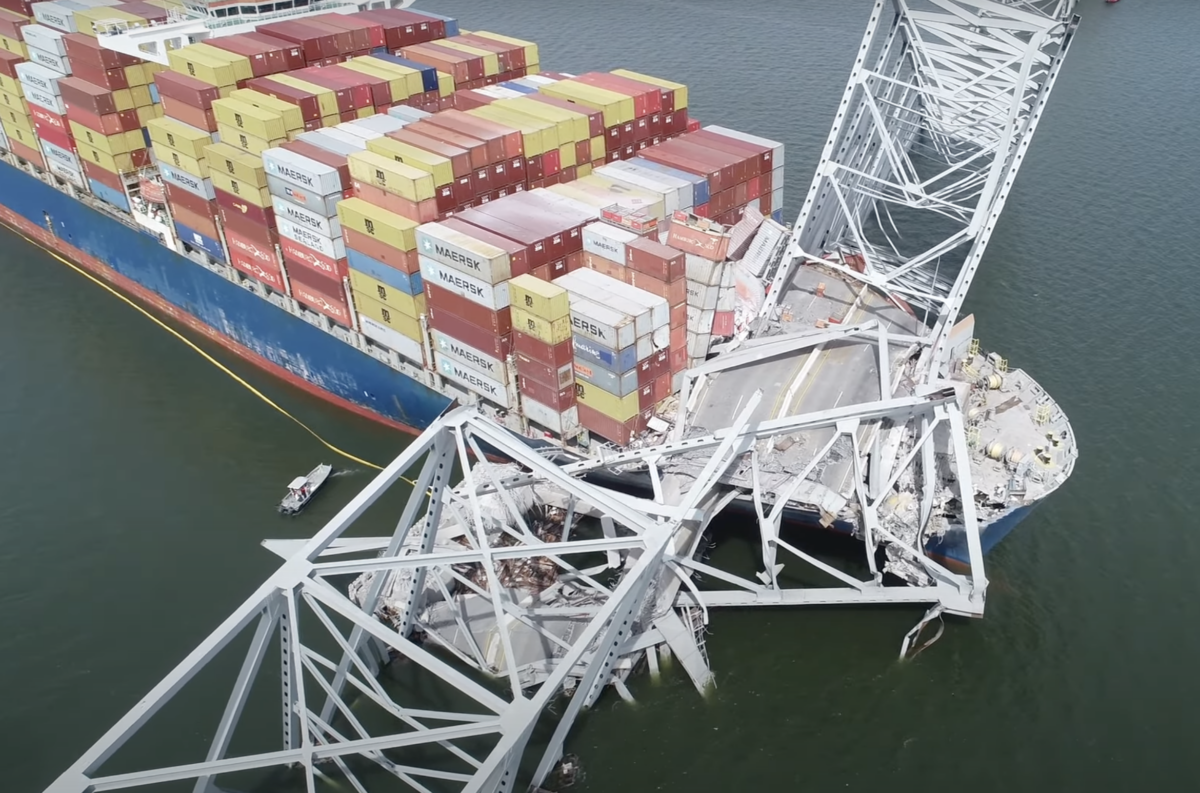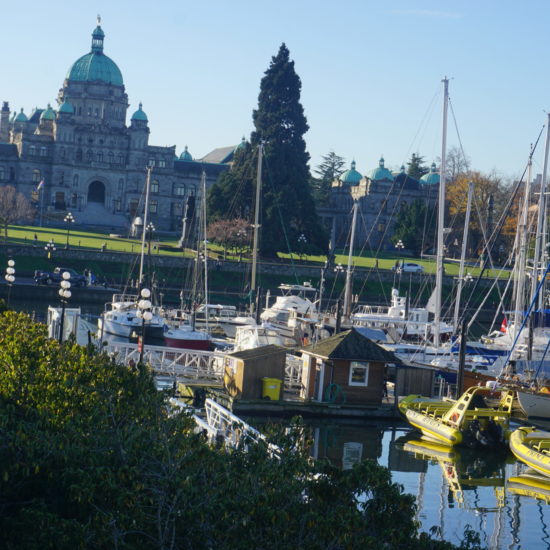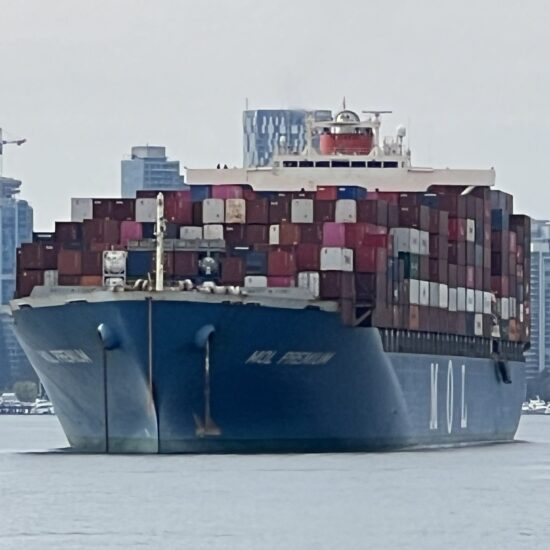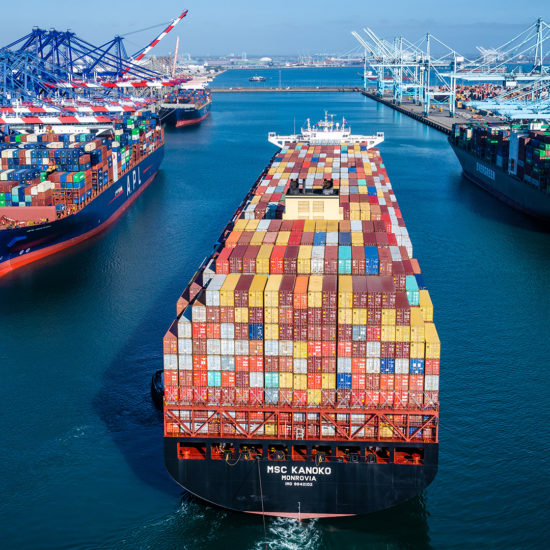
Bob Mackin
The engineer who led the turnaround of the troubled Johnson Street Bridge replacement in Victoria said the Francis Scott Key Bridge disaster in Baltimore was an accident waiting to happen.
Six people are presumed dead after the Singapore-flagged MV Dali container ship lost power and crashed into the 2.6 kilometre-long bridge early March 26.
When one part of the bridge came down, it all came down, in what Jonathan Huggett called a “progressive collapse.”

MV Dali on March 26, 2024 (NTSB/YouTube)
“It’s just unbelievable that on something as strategic to the United States, the Baltimore port, with a major highway crossing, why the hell would you have no protection for the supports?” Huggett said. “I mean, it was just a matter of time before a ship was going to lose power.”
Structural and operational reinforcements would have helped keep the bridge standing.
“It’s fundamental engineering 101, you’re supposed to check that, in the event of some catastrophic failure, it doesn’t destroy the entire bridge,” the Surrey engineering consultant said. “So okay, we took out one support. So the pieces on each side of that are probably going to collapse, but right on the far side, it took down that as well. So everything went. So there’s a design flaw in it.”
Huggett noticed the bridge, in a major, heavy-traffic port, was lacking heavy-duty reinforced support islands that could have cushioned the blow of a heavy load collision. It also should have had diversion structures, in order to cause a ship to change course away from where it would have made the biggest impact.
“As I understand it, the ship was doing between seven and eight knots, and it weighed 100,000 tonnes. That’s an enormous load,” he said.
Without ways to stop or divert a freighter, a tugboat stationed at the bridge around the clock would have provided another layer of mitigation, to push the ship. That it does not appear to have been escorted by a tug is also troublesome. For the smaller Johnson Street Bridge in Victoria, the harbourmaster requires a two-tug escort.
“Going to be serious implications on the economy of the Northeast United States, supply chain, the cost of rebuilding,” Huggett said. “Wouldn’t you think it would have been a good idea to have some kind of tug, stationed at that bridge pier?”
Tugs escort freighters through the Lions Gate Bridge and Ironworkers Memorial Second Narrows Bridge in Vancouver’s Burrard Inlet. But both are in need of diversions and reinforcements, which are under consideration by Port of Vancouver.
The original Second Narrows Bridge collapsed during construction in 1958, killing 19 men. The freighter Japan Erica hit the railway bridge beside it in 1979. One section fell into the inlet and rail service was temporarily suspended between North Vancouver and Vancouver.
President Joe Biden has vowed to rebuild the Key bridge. Huggett said the 1977-opened span will unlikely be another steel truss design. Instead, he expects it will be a cable-stayed bridge.
“If they do that, they can increase the span and make the channel wider.”
Supply chain expert Glenn Ross of ACC Group in Surrey said the Maersk-chartered ship managed by Singapore’s Synergy Maritime, began its journey in Busan, South Korea, stopped in Shanghai, China, went through the Panama Canal to New York and Norfolk, Va. before Baltimore. Its next stop was Colombo, Sri Lanka.
Ross said the ship appeared to be near its 10,000 capacity of containers, but almost half of the containers were empty.
“This ship doesn’t look like it took on too much ballast water because the bottom line is so visible above the water,” Ross said.
“Something’s wrong here, because this ship is looking very high out of water.”
Ross said the global shipping industry is facing a challenge because of the dangerous conditions in the Red Sea, where Hamas-sympathizing Houthis have attacked ships. That has forced companies to take the longer route around Africa’s Cape of Good Hope.
“Nobody can afford to see any one of these ships sidelined,” Ross said.
Support theBreaker.news for as low as $2 a month on Patreon. Find out how. Click here










